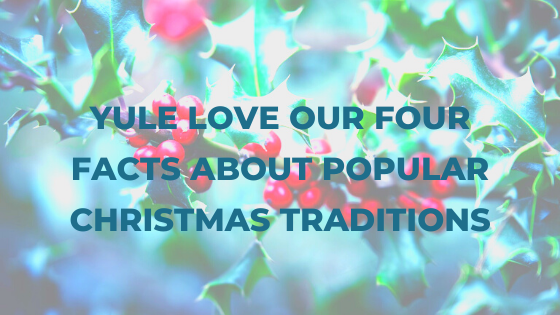
Christmas is a time of mistletoe and mulled wine, twinkly trees, and messages from the monarch.
And in Chelmsford it seems like many people cannot wait for the festive break.
So, let us explore the history behind the enduring Christmas customs many of us enjoy.
Why do we decorate Christmas trees?
In Pagan times, evergreens were placed in the home to ward off evil spirits and to remind people during the depths of winter that spring would return.
By the 16th century, devout Christians in Germany, who believed evergreen trees symbolised everlasting life, had taken things a step further. They decorated evergreen conifers with apples, paper roses, and candles (which they then lit) creating an incredible spectacle – and a terrible fire hazard.
King George III and his German wife Charlotte were among the first to adopt the Christmas tree tradition in England, and it was later popularised by Queen Victoria and her German-born husband, Albert.
Mulled wine
The Romans get the credit for introducing this tipple to Europe in the 2nd century. They heated their wine to ward off the cold and added spices (to promote good health) and natural sweeteners (because the wine tasted awful).
Later, other countries devised their own variations. The Germans guzzled glühwein, the Swedes glugged glögg, and the Brits got through the Great Plague by knocking back “mulled sack”, which was safer to drink than the water.
It wasn’t until the 1800s that mulled wine became synonymous with Christmas. Charles Dickens mentions it his novel A Christmas Carol. The Victorian author namechecks Smoking Bishop, a mix of red wine, port, oranges, cloves, cinnamon, and ginger. We’ll drink to that, Tiny Tim!
Mistletoe mystery
Historians are still not sure exactly how this tradition got started. What they do know is that the Greeks, Romans, and Druids all prized mistletoe as a source of healing, vitality, and fertility.
The plant is also associated with Frigg, the Norse goddess of motherhood and fertility, whose son was killed by an arrow made from mistletoe (doesn’t sound very Christmassy to us).
While this is all rather interesting, it doesn’t explain why servants in Britain began to “kiss under the mistletoe” sometime between 1720 and 1784. Perhaps someone below stairs got a bit lairy after one too many pints of mulled sack.
Royal message
We all know the Royal Christmas Broadcast as the Queen’s Speech, but originally it was the King’s Speech. George V delivered the first Royal Broadcast on Christmas Day in 1932.
Queen Elizabeth II’s grandfather gave his radio address from a small office in Sandringham at 3pm, as this was the best time for reaching most of the countries in the Empire by shortwave.
The Queen delivered her first Christmas message in 1952 and her first televised message in 1957. She’ll deliver her 68th Christmas message this year.
We’ll be sharing our Christmas and New Year opening hours with you soon.
Copyright 2020 Martin & Co



